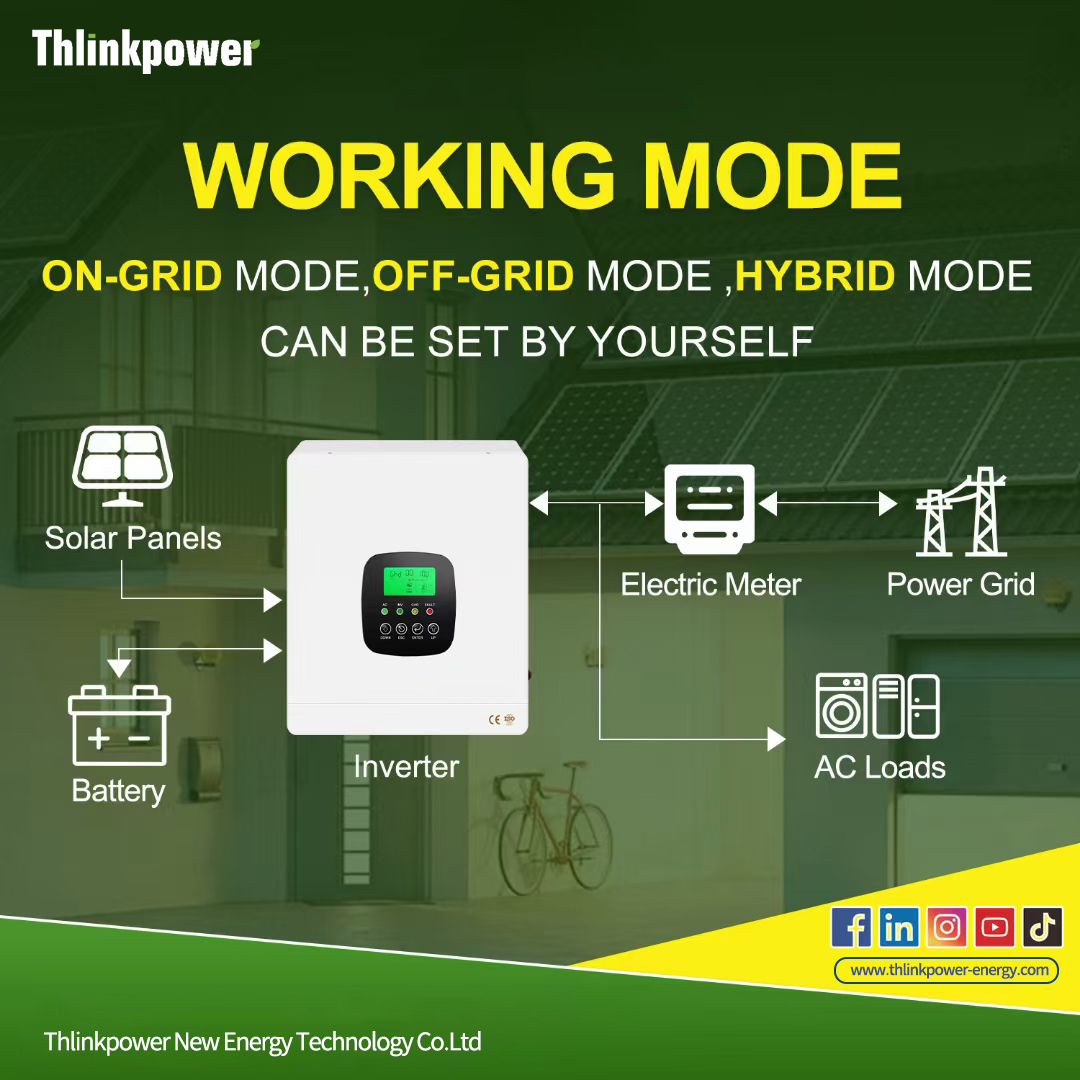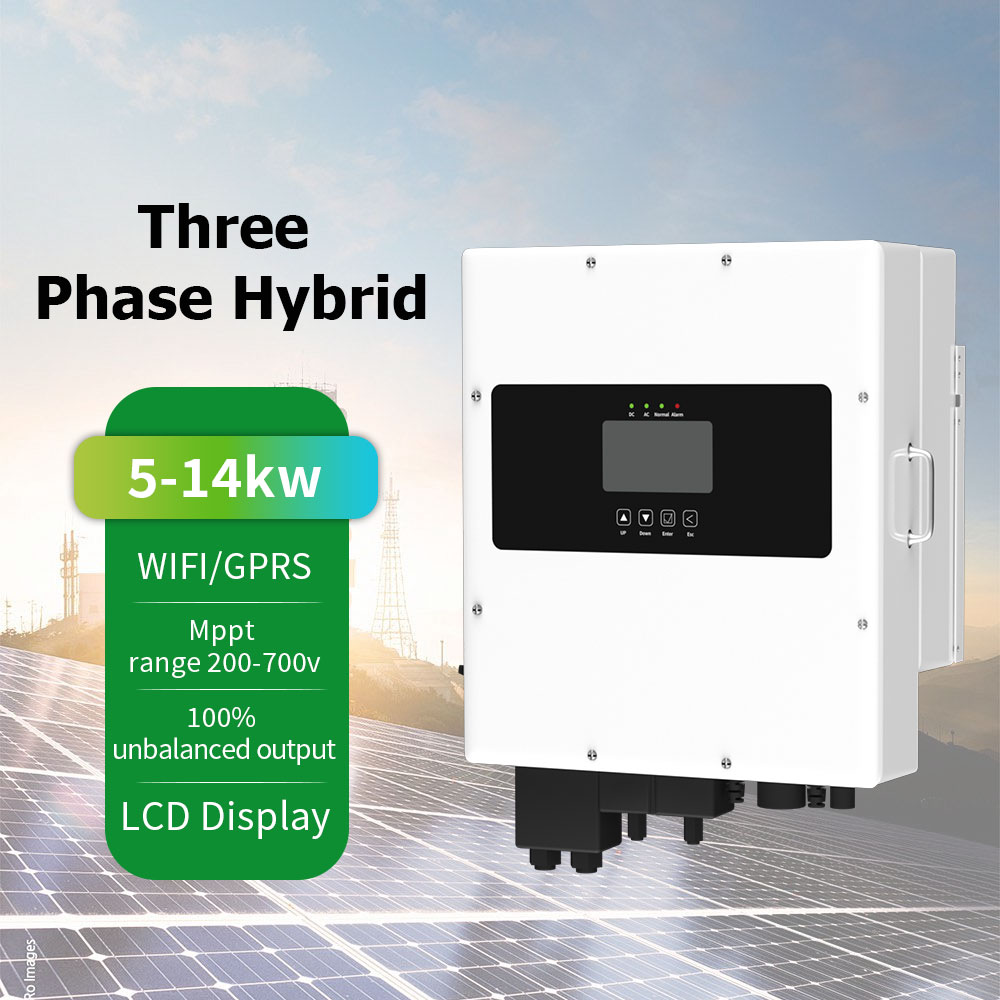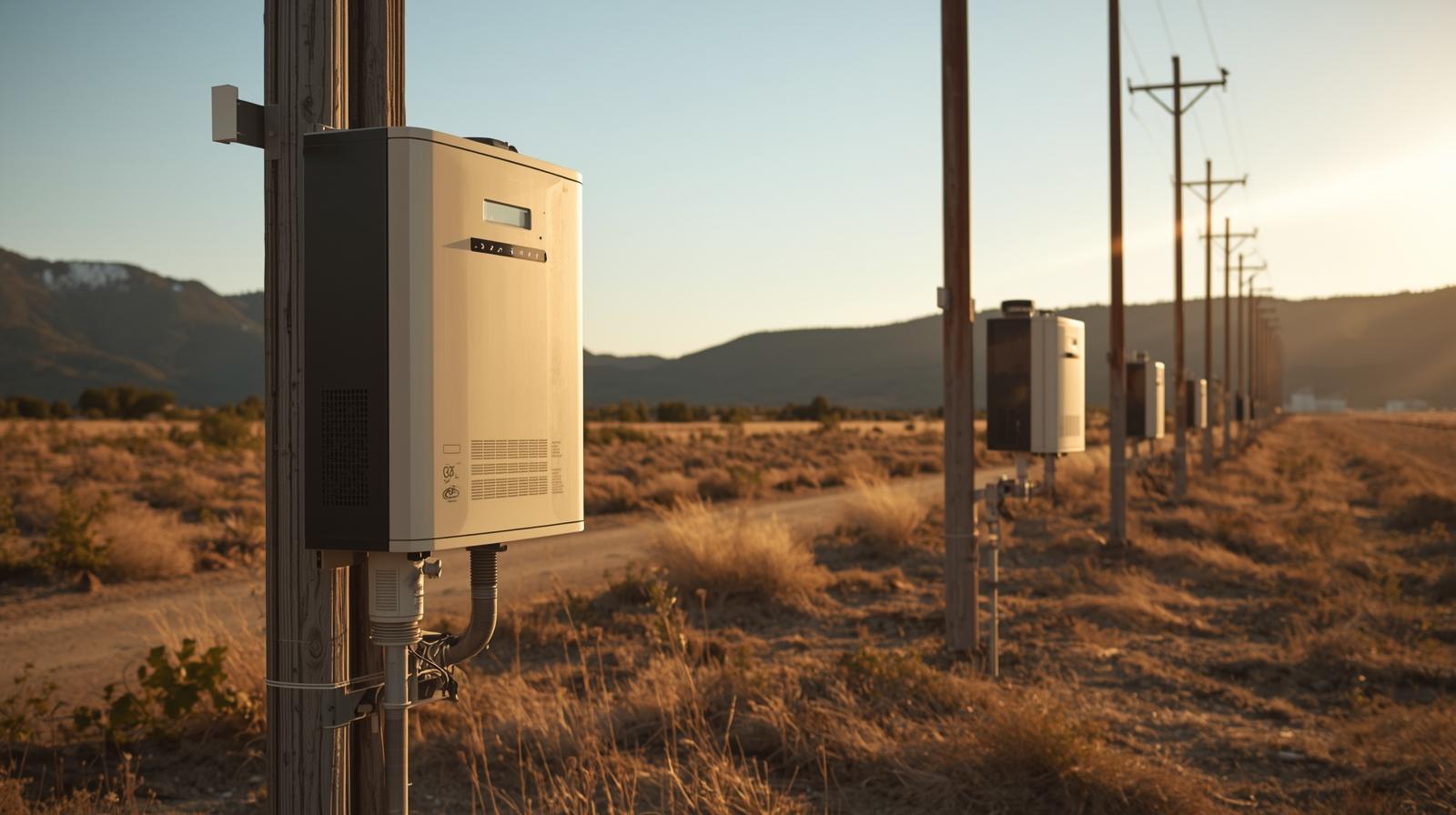
Rethinking Factory Energy: From Grid Dependence to Solar Autonomy
Rising electricity prices and growing sustainability targets have made factory rooftops ideal for solar deployment. Yet, the effectiveness of these systems depends heavily on one key component — the inverter.
The inverter converts direct current from solar panels into alternating current compatible with factory operations. For industrial users, it also manages fluctuating loads, voltage stability, and integration with the local grid or energy storage units.
As factories move toward carbon-neutral operations, inverters are no longer optional hardware — they are the backbone of modern energy infrastructure.
How Inverters Transform Roof Solar Systems
Factory rooftops present unique energy challenges — high load variability, temperature fluctuations, and complex electrical layouts.
Modern inverters are designed to handle these variables with precision and intelligence.
| Function | Description | Industrial Benefit |
|---|---|---|
| DC-AC Conversion | Converts solar panel output to usable factory power | Efficient power use for production lines |
| MPPT Optimization | Tracks sunlight variations | Maximizes energy generation |
| Grid Synchronization | Balances solar and utility power | Prevents overload and downtime |
| Energy Storage Integration | Links with battery systems | Provides night-time or peak-hour power |
| Smart Monitoring | Real-time performance data | Simplifies maintenance and control |
By acting as both a converter and controller, inverters allow factory systems to run smoothly — ensuring that every kilowatt generated on the roof is used efficiently on the ground.
Core Features of Industrial-Grade Roof Inverters
Unlike residential systems, factory-grade inverters are built for durability, scalability, and precision under demanding conditions.
Their defining features include:
-
High Power Capacity (10–250 kW) — supporting large industrial roof arrays.
-
98% Conversion Efficiency — minimizes energy loss.
-
Reactive Power Control — stabilizes grid performance during high load cycles.
-
Wide Voltage Input Range — adapts to variable sunlight and partial shading.
-
Advanced Cooling System — supports continuous operation under rooftop heat.
-
Modular & Scalable Design — allows parallel expansion as production grows.
-
Remote Diagnostics — supports predictive maintenance for multiple facilities.
With these capabilities, inverters bridge the gap between clean energy generation and industrial-grade reliability.
Comparing System Architectures: Grid-Tied vs. Hybrid Roof Systems
| System Type | Power Source | Advantages | Best For |
|---|---|---|---|
| Grid-Tied Inverter | Solar + Grid | Simple setup, fast ROI | Factories with stable grid |
| Hybrid Inverter System | Solar + Grid + Battery | 24/7 uptime, demand-side management | Areas with unstable grid or high peak tariffs |
| Off-Grid Inverter | Solar + Battery | Full energy independence | Remote industrial zones |
According to Energy Storage Association (ESA, 2024), hybrid inverter systems on industrial rooftops can cut energy expenses by up to 40% while reducing carbon emissions equivalent to over 100 tons of CO₂ annually for mid-sized facilities.
When Roof Systems Become Profit Centers
-
Automotive Manufacturing Plants
-
Hybrid roof systems power welding and painting lines with clean energy.
-
-
Food & Beverage Factories
-
Inverters stabilize sensitive refrigeration and processing loads.
-
-
Textile & Garment Units
-
Roof-mounted inverters offset high daytime consumption from looms and HVAC.
-
-
Logistics & Warehousing Centers
-
Maintain stable power for lighting, conveyors, and automation systems.
-
-
Electronics & Machinery Plants
-
Multi-string inverters ensure uninterrupted energy for precision assembly lines.
-
These applications show how roof-mounted inverters not only lower costs but also create measurable returns through operational efficiency.
Choosing the Right Inverter for Factory Roof Systems
| Factory Type | Recommended Capacity | Design Features to Prioritize |
|---|---|---|
| Small factory (<1,000 m²) | 10–30 kW | Grid-tied inverter, single MPPT |
| Medium-sized factory (1,000–5,000 m²) | 50–100 kW | Hybrid inverter, 3-phase output |
| Large industrial complex (>5,000 m²) | 150–500 kW | Multi-MPPT, modular array design |
| Off-grid / remote factory | 50–150 kW | Hybrid inverter + battery storage |
Tip: Always select inverters with IP65 protection and aluminum heat sinks for outdoor durability and minimal corrosion.
Frequently Asked Questions
Q1: Can existing grid-connected factories upgrade to hybrid inverters?
Yes, most systems can be retrofitted without replacing the existing solar array or wiring.
Q2: What’s the expected lifetime of industrial roof inverters?
Typically 10–12 years, depending on environmental conditions and cooling design.
Q3: Are hybrid inverters suitable for high-humidity or dust-prone areas?
Yes, provided they feature IP65 protection and advanced cooling systems.
Q4: How fast can return on investment be achieved?
ROI averages 3–5 years, depending on energy tariffs and sunlight availability.
Powering Industrial Growth Through Smarter Energy Design
Factory rooftops represent untapped potential for self-sufficient energy generation.
The inverter is the central intelligence of this transformation — managing flow, protecting systems, and stabilizing output across every stage of production.
At Thlinksolar, we specialize in industrial-grade solar inverters engineered for large roof systems — offering high conversion efficiency, hybrid capability, and smart monitoring. Our solutions help manufacturers lower energy costs and achieve long-term sustainability.
To learn more, visit our homepage or contact us directly through the contact page.


